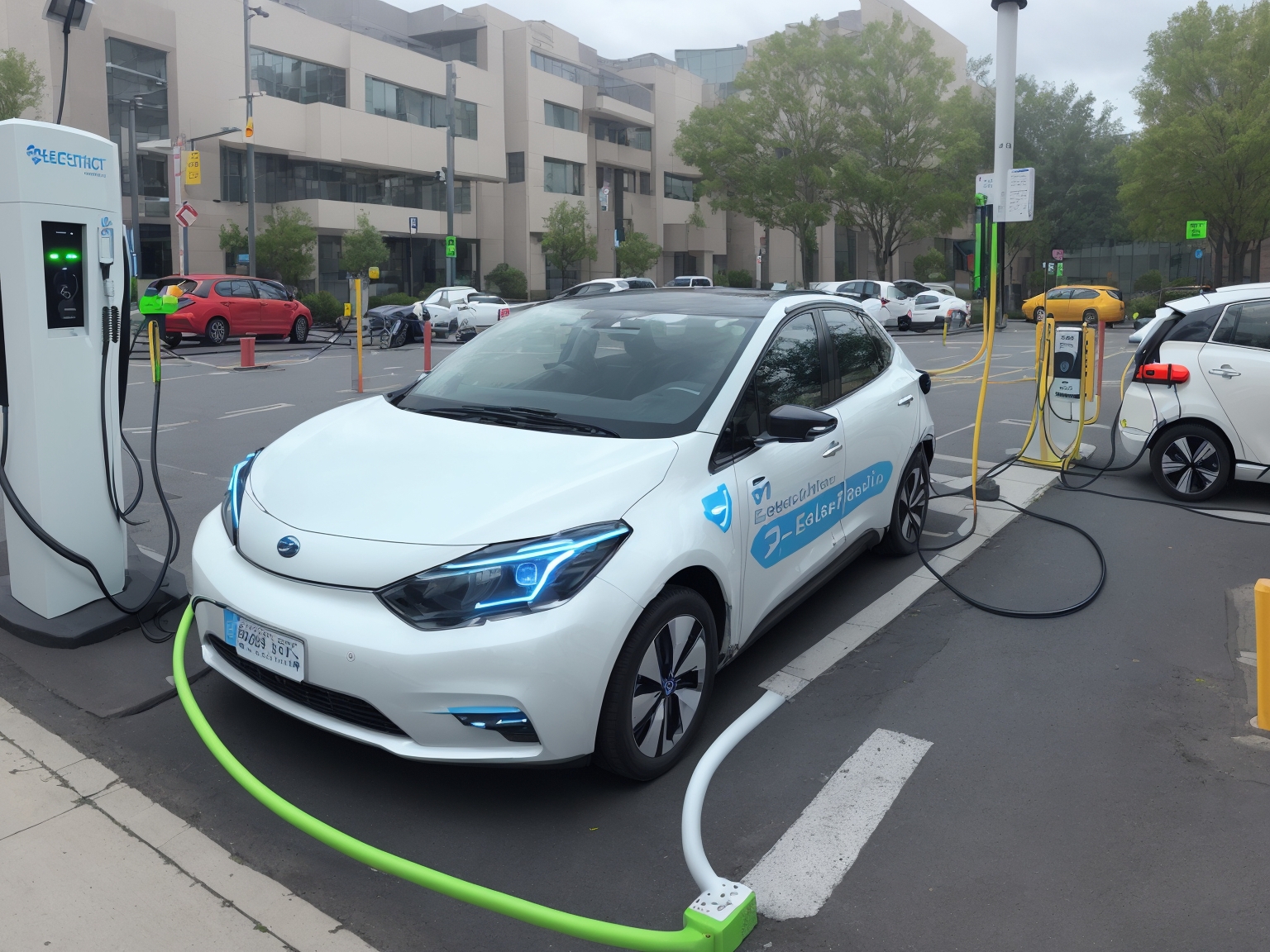Title: **Unveiling the Future of Transportation: Electric Vehicle Charging Infrastructure**
—
**Introduction**
Welcome to our latest blog post, where we delve into the fascinating world of electric vehicle (EV) charging infrastructure. As the world continues its transition towards sustainable energy solutions, understanding and optimizing EV charging infrastructure is becoming increasingly crucial.
—
**Table of Contents**
1. **The Rising Popularity of Electric Vehicles**
– Benefits of Driving an Electric Vehicle
– The Role of Government Policies in Promoting EV Adoption
2. **Understanding EV Charging Infrastructure**
– Types of EV Charging Stations: Level 1, Level 2, and DC Fast Chargers
– Key Components of an EV Charging Station
3. **The Importance of Smart Charging**
– What is Smart Charging?
– Benefits of Smart Charging for Users and the Grid
4. **FAQs about Electric Vehicle Charging Infrastructure**
5. **The Future of EV Charging Infrastructure**
6. **Conclusion**
—
**1. The Rising Popularity of Electric Vehicles**
– **Benefits of Driving an Electric Vehicle**
– Lower operating costs due to cheaper electricity compared to gasoline
– Reduced greenhouse gas emissions and contribution to environmental sustainability
– Quieter, smoother ride with fewer maintenance requirements
– **The Role of Government Policies in Promoting EV Adoption**
– Tax incentives for EV purchases
– Investments in charging infrastructure development
– Regulations promoting the use of clean energy vehicles
—
**2. Understanding EV Charging Infrastructure**
– **Types of EV Charging Stations: Level 1, Level 2, and DC Fast Chargers**
– Level 1 (120V): Slowest charging option, ideal for overnight charging at home
– Level 2 (240V): Faster than Level 1, typically used at public charging stations and homes with dedicated EV chargers
– DC Fast Chargers: Provide the quickest charge, capable of charging an electric vehicle to 80% in as little as 30 minutes
– **Key Components of an EV Charging Station**
– Electric Vehicle Supply Equipment (EVSE) or charging station
– Charge point connector or plug types: Type 1 (J1772), Type 2 (Mennekes, IEC 62196), and Tesla Supercharger proprietary connectors
– Power source: Grid connection or solar panels for off-grid charging stations
—
**3. The Importance of Smart Charging**
– **What is Smart Charging?**
– A method of optimizing EV charging by taking into account factors like electricity prices, grid demand, and battery capacity
– **Benefits of Smart Charging for Users and the Grid**
– Cost savings through off-peak charging or dynamic pricing
– Reduced strain on the power grid during peak hours
– Enhanced safety measures to prevent overcharging and electrical hazards
—
**4. FAQs about Electric Vehicle Charging Infrastructure**
_Question 1: How long does it take to charge an electric vehicle?_
Answer: The time taken to charge an EV depends on the charging speed, battery capacity, and current state of charge. A Level 2 charger can typically add 25-30 miles of range per hour for a standard EV battery.
_Question 2: Can I charge my electric vehicle at any public charging station?_
Answer: Not necessarily, as compatibility depends on the charge point connector and plug type supported by both your EV and the charging station. Standardized connectors like Type 1 and Type 2 are becoming increasingly common, but it’s essential to verify compatibility before attempting to charge.
_Question 3: How much does it cost to install an electric vehicle charging station?_
Answer: The cost of installing a Level 2 EV charging station can range from $500 to over $1,000, depending on factors like location, installation requirements, and any necessary upgrades to the electrical system.
—
**5. The Future of EV Charging Infrastructure**
– **Increased Investment in Charging Infrastructure Development**
– Expansion of fast charging networks for long-distance travel
– Integration of charging stations into urban landscapes and public spaces
– **Smart Grid Integration**
– Vehicle-to-grid technologies enabling electric vehicles to contribute to the power grid during periods of high demand
– AI-driven optimization of EV charging based on real-time data
– **Standardization and Interoperability**
– Adoption of universal plug types and communication protocols for seamless charging across different brands and models
– Development of open, accessible data platforms to facilitate research and innovation
—
**6. Conclusion**
The rise of electric vehicle adoption has brought forth the need for robust, efficient, and sustainable EV charging infrastructure. By investing in smart charging technologies, expanding charging networks, and fostering standardization, we can ensure a future where EVs not only provide eco-friendly transportation options but also contribute positively to our power grids.
Join us on this exciting journey towards a greener, smarter tomorrow!

Leave a Reply